Key takeaways:
-
Use a consistent brand tone across all locations to build trust and avoid confusing your customers.
-
Treat each Google Business Profile separately while aligning them under a unified multi-location review strategy.
-
Train your teams on Google’s review policies to avoid violations, penalties, or review removals.
-
Assign local review responsibilities to ensure timely responses and clear accountability at each location.
-
Set monthly review goals for every location to drive performance and maintain review momentum.
-
Use a Reputation management tool, helping you centralize and monitor reviews from all your locations in one dashboard.
Reviews make a big difference in your branding endeavours, especially if your business operates in multiple locations.
Even for a simple meet-up with friends, one will navigate through dozens of interviews just to see if the place is good-to-go or not. That is the influence that reviews have.
One bad review or a tone mismatch while replying may harm your credibility in the long term. So, managing reviews at such a scale requires a multi-location review strategy and implementation.
So in this blog, we’ll be learning how you can manage reviews better as a multi-location based business:
Challenges Of Managing Reviews Across Multiple Locations
When we talk about doing business, expansion is one of the best strategies to grow. Scaling your business is a big achievement, but then managing different locations and their respective reviews can become a task. Let’s look at some of the challenges of managing reviews across multiple locations:
High Volume Of Reviews
When your business is operating across various locations, different locations count for a separate listing. This means that reviews for each location are spread across their respective profiles. And when the volume of reviews increases, it might become hard to manage them all (that too with the same consistency).
Monitoring And Managing Reviews
Owing to this, there’s no single dashboard wherein you can manage all your profiles in an easy way. So, teams must have a higher sense of coordination in order to manage this gap. Mismanagement may affect your reputation at scale.
Inconsistency In Maintaining The Same Tone
Inconsistency in tone contributes to the overall difficulty in managing Google reviews. Different locations may have different teams, and they may choose their own way to reply to reviews.
Common Mistakes That Businesses Make While Managing Reviews
Many things can go wrong when it comes to managing reviews across multiple locations. Teams must be well-educated and trained to follow protocols that ensure that there are no violations (regardless of location).
Here are some of the common mistakes that businesses can make while managing reviews across multiple locations:
Mistake 1: Inconsistent Brand Voice Across Locations
If multiple teams are working in separate locations, each may choose to handle reviews in its own style. One outlet might respond formally, while the other may have a casual tone. This inconsistency may confuse customers if your brand is in multiple cities.
Mistake 2: Delayed Or Ignored Review Responses
Some branches may choose to reply instantly to reviews, and some may even ignore reviews (negative reviews are sometimes ignored). A disjointed response rhythm reflects poorly on operational efficiency. This delay/ignoring negative reviews may weaken customer trust.
Mistake 3: Poor Training and Policy Violations
Teams must be trained in order to achieve efficient and proper review management. And this team training must be consistent from one location to the next. With that, they must be educated regarding review violations so that they stay within the bounds that are outlined by Google’s review policies.
Effective Practices To Improve Your Google Review Strategies Across Locations
Each of your business locations reflects your brand. So, improving your Google review strategy across locations means replying smarter to reviews and training your teams to follow a unified strategy. This will help you succeed in implementing your strategies.
Let’s explore some of the ways in which you can do that:
Practice 1: Set Monthly Review Targets
Set a realistic review count for each location that’s based on footfall/sales volume. This gives local teams a benchmark, aligns efforts toward improving location-specific reputation, and is best for chain store reviews and their management.
Practice 2: Conduct Monthly Review Audits
Once you’ve set monthly goals, audits are a great way to track performance and get analytics. Audits also help address any inconsistencies and lapses in tone – helping manage reviews better.
Practice 3: Use AI Tools For Sentiment Analysis
Using AI tools to analyze what a customer might’ve felt before they added a review is a good way to interpret reviews. There are grades assigned to every review, which can lead to a more effective way of understanding concerns and the intensity of the review itself.
Practice 4: Involve Teams In Insight Review Sessions
Hold monthly sessions where managers discuss feedback patterns. This creates a sense of ownership and helps teams understand the impact of their actions on public sentiment and brand reputation.
Practice 5: Use Reputation Management Tools
Take assistance from BuyReviewz as your Reputation management tool, helping you centralize and monitor reviews from all your locations in one dashboard. With us, you will be able to track new reviews, respond quickly, bring new reviews, and spot trends across branches. This saves time, keeps your brand voice consistent across locations.
Practice 6: Assign Responsibilities
Each Google Business Profile must have a designated owner/manager who will be responsible for handling reviews. The team member must be trained with reference to tone, compliance, and consistency while replying to reviews.
Practice 7: Authentic Replies With A Consistent Tone
Personalizing each review reply is essential, as people might have various problems that should be addressed. But a consistent tone is necessary while replying. Teams may use the customer’s name and specific details, but the tone mustn’t change, no matter the location.
Practice 8: A Common Workflow In Case Of Review Escalation
Sensitive or complex reviews on Google should follow a clear escalation path. This will help to manage reputation risk quickly and carefully.
-
Flagging high-risk or emotionally charged reviews immediately
-
Notifying central or senior support staff
-
Sending a templated acknowledgment while reviewing the case
-
Following up with a resolution
Conclusion
Reviews represent a chance to build trust and shape your brand’s local reputation at scale. And when your business spans multiple locations, consistency is key.
A single tone mismatch can affect your reputation. Always remember that behind every review is a real experience. So, get your team aligned and your processes clear – so that when your team manages reviews, you’re actually building trust along the way.
By the way, we, at BuyReviewz, can help you with your reputation management by serving your business with 100% real and authentic Google reviews. Build customer trust across locations with us!
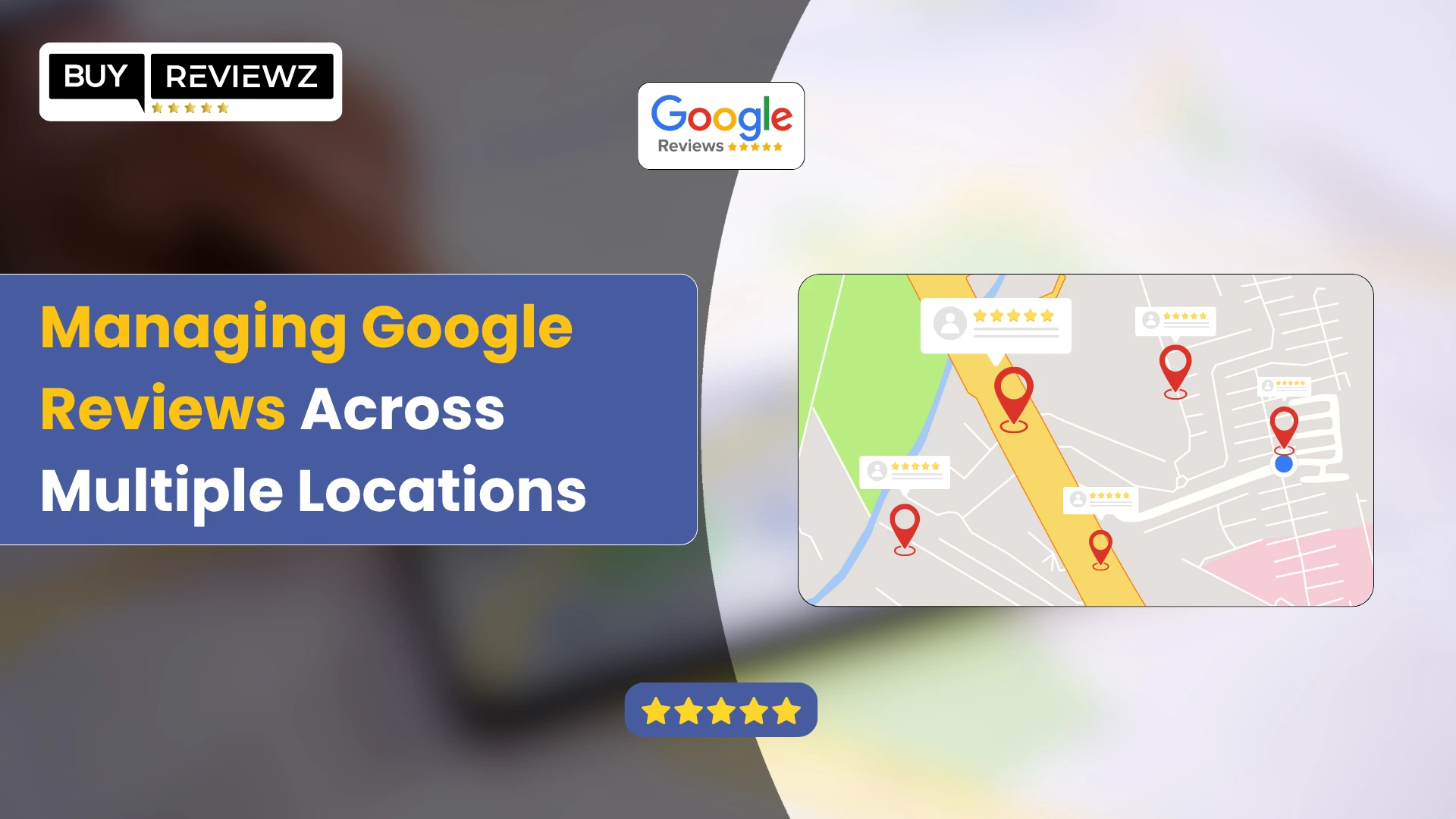

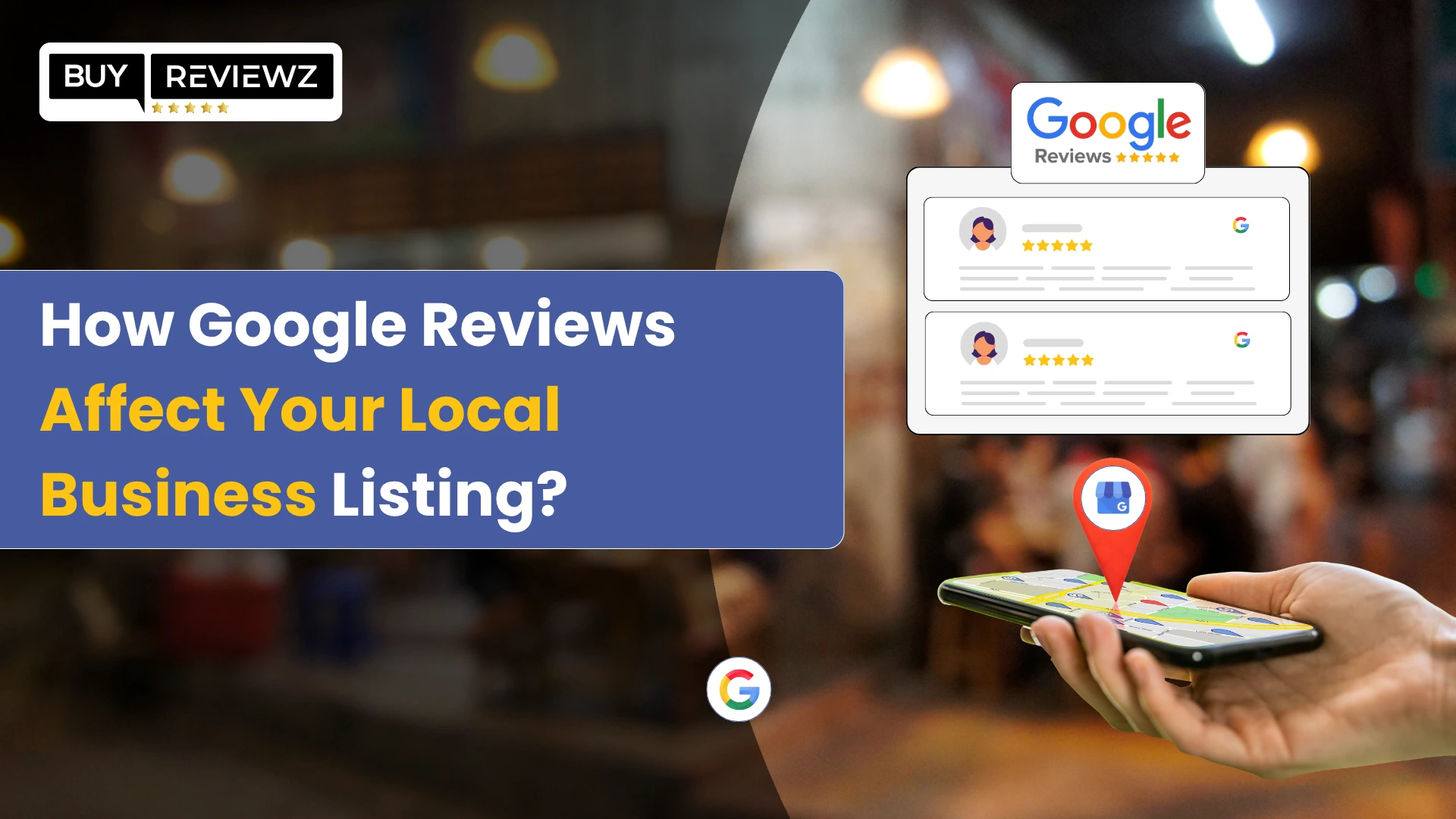
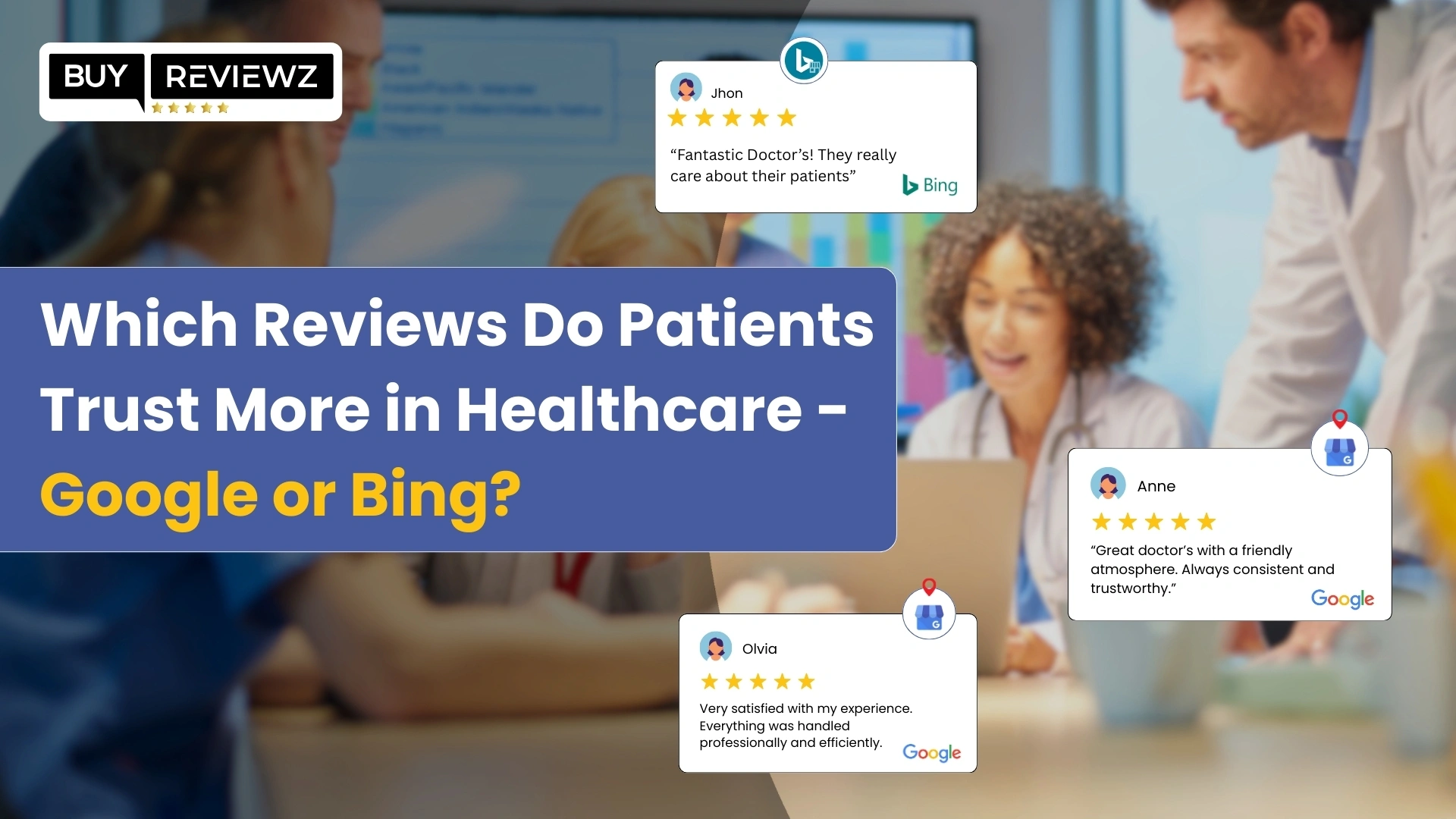
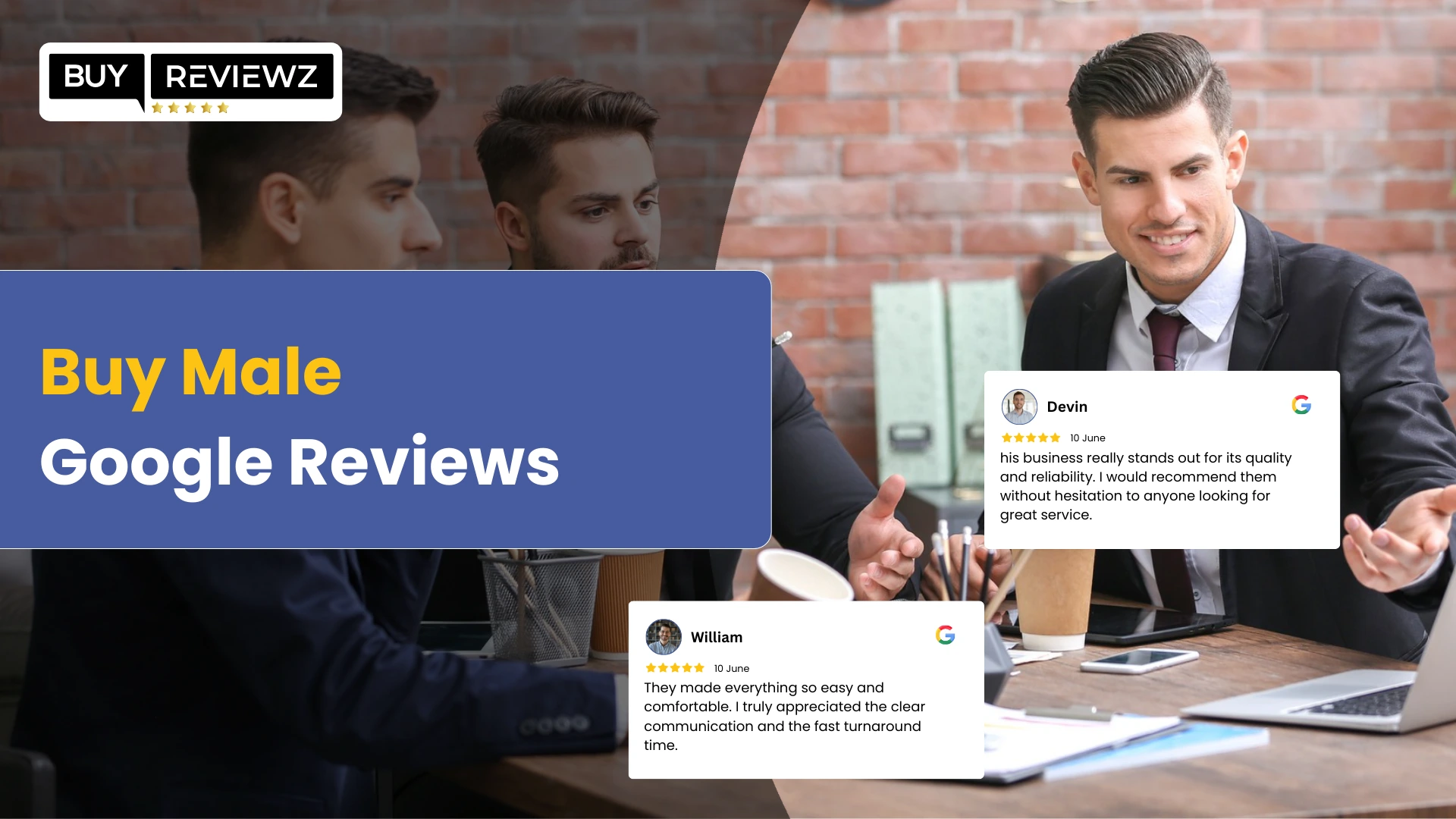


 Google Business Reviews API: A Complete Guide
Google Business Reviews API: A Complete Guide
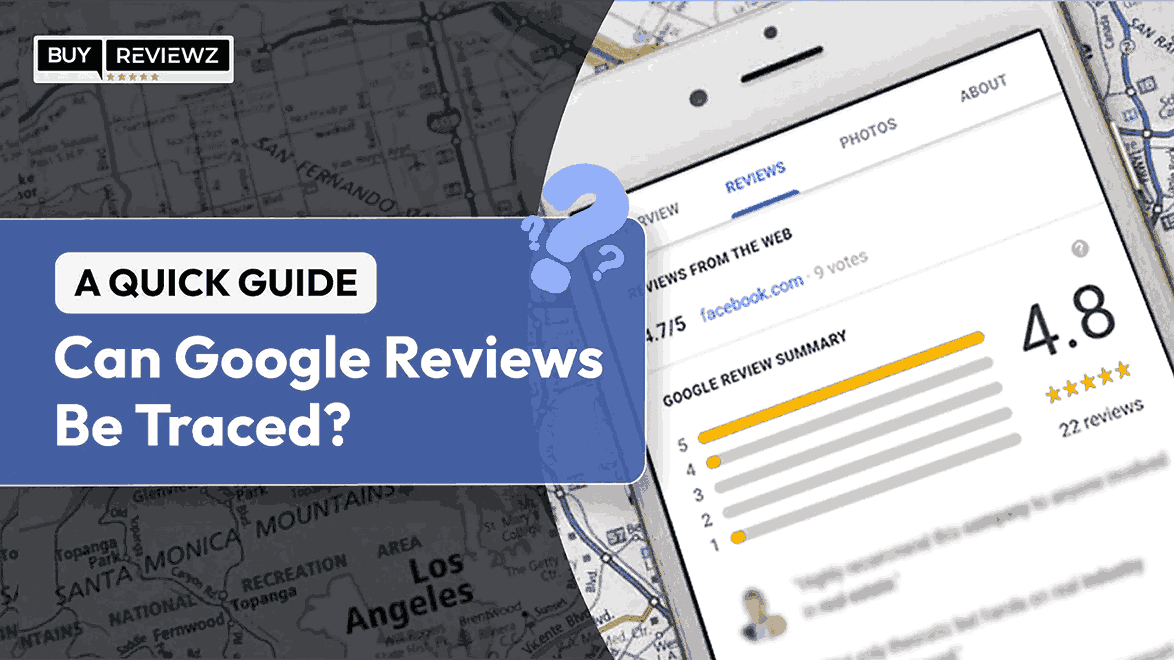 Can Google Reviews Be Traced? A Quick Guide
Can Google Reviews Be Traced? A Quick Guide
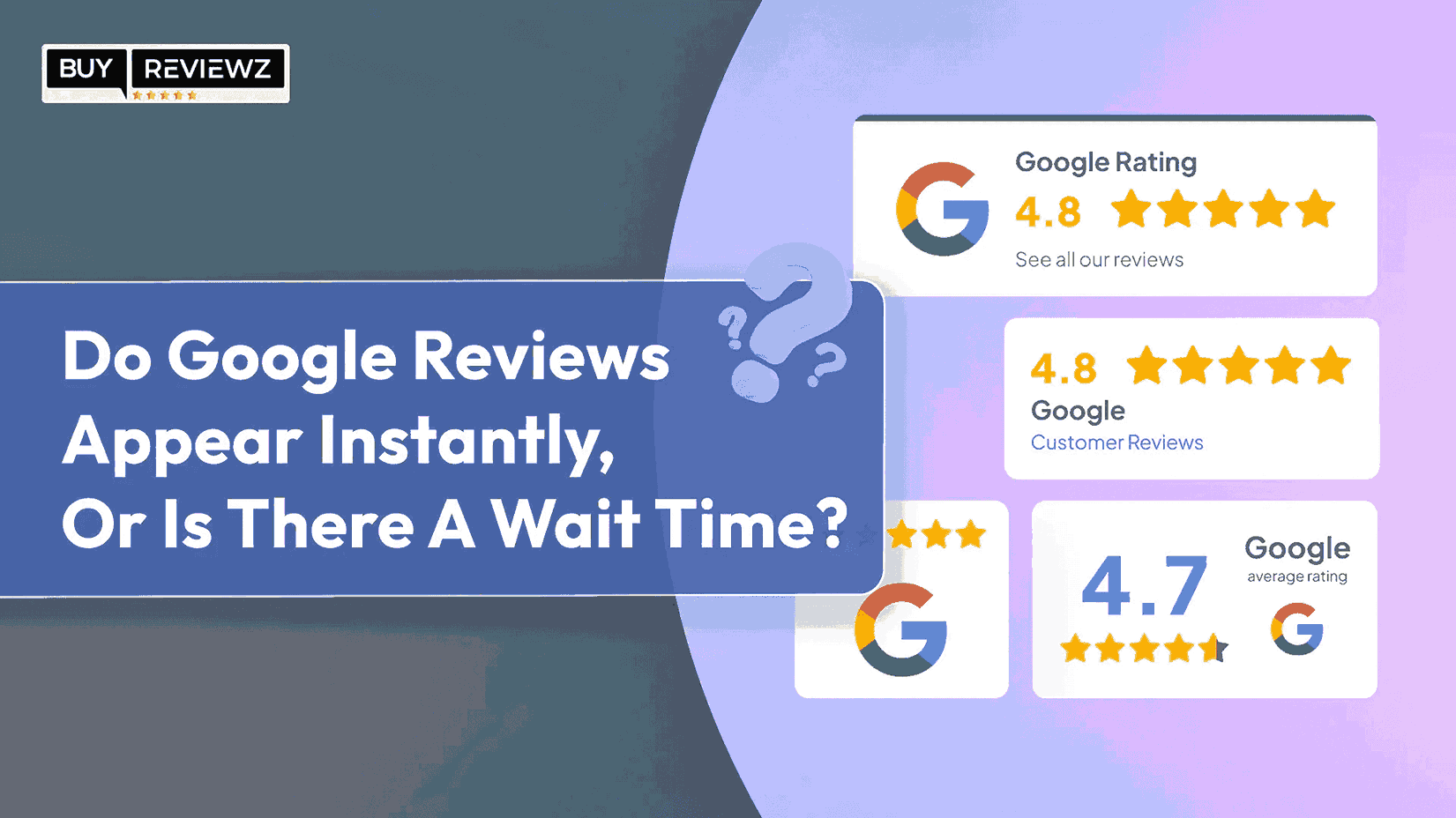 Do Google Reviews Appear Instantly or Is There A Wait Time?
Do Google Reviews Appear Instantly or Is There A Wait Time?